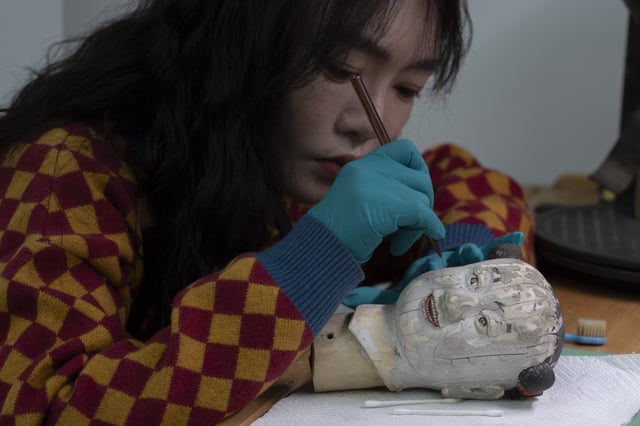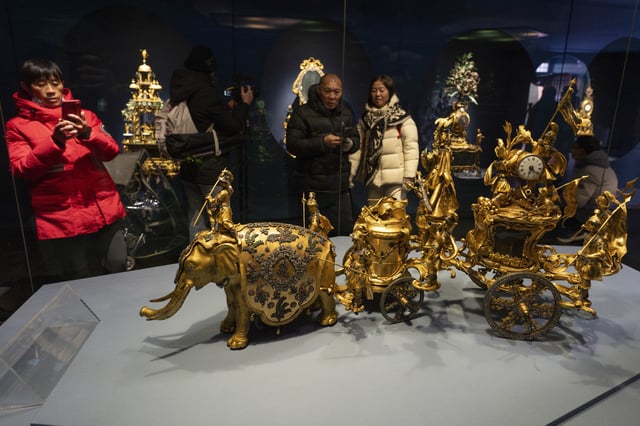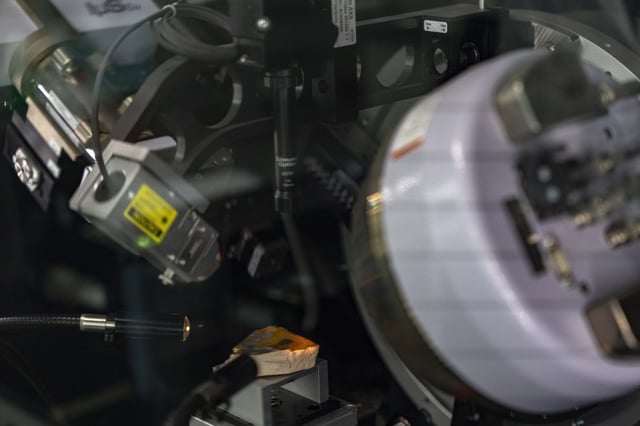Overview
- Restorers are using advanced tools like X-ray diffraction to analyze artifacts, including a glazed roof tile with a mysterious dark patch, to better understand their condition.
- The restoration team meticulously works on diverse relics, such as scroll paintings, ceramics, bronzes, and antique clocks gifted by European visitors.
- Textile restoration involves techniques like 'inpainting' to seamlessly repair items, including a green silk panel believed to have been a gift for Empress Dowager Cixi.
- Many of the Forbidden City's treasures were relocated during wartime, with some now housed in Taiwan's National Palace Museum, but Beijing's collection has since been rebuilt.
- The restoration approach balances traditional methods with modern science, aiming to protect the cultural and historical significance of the artifacts.



